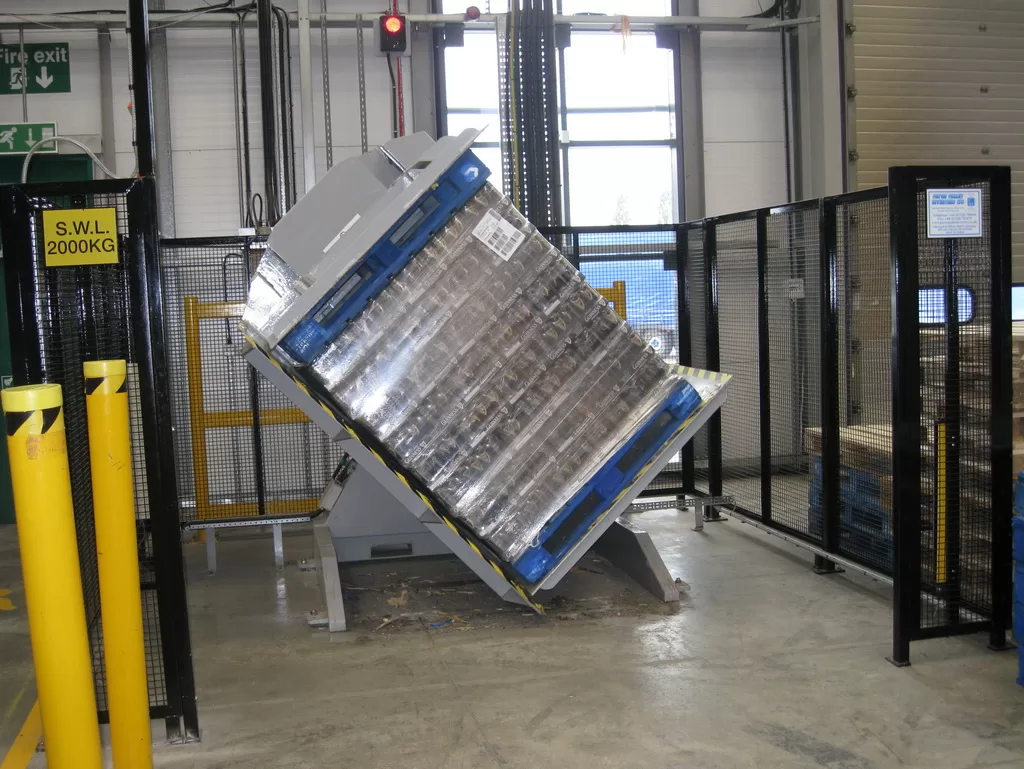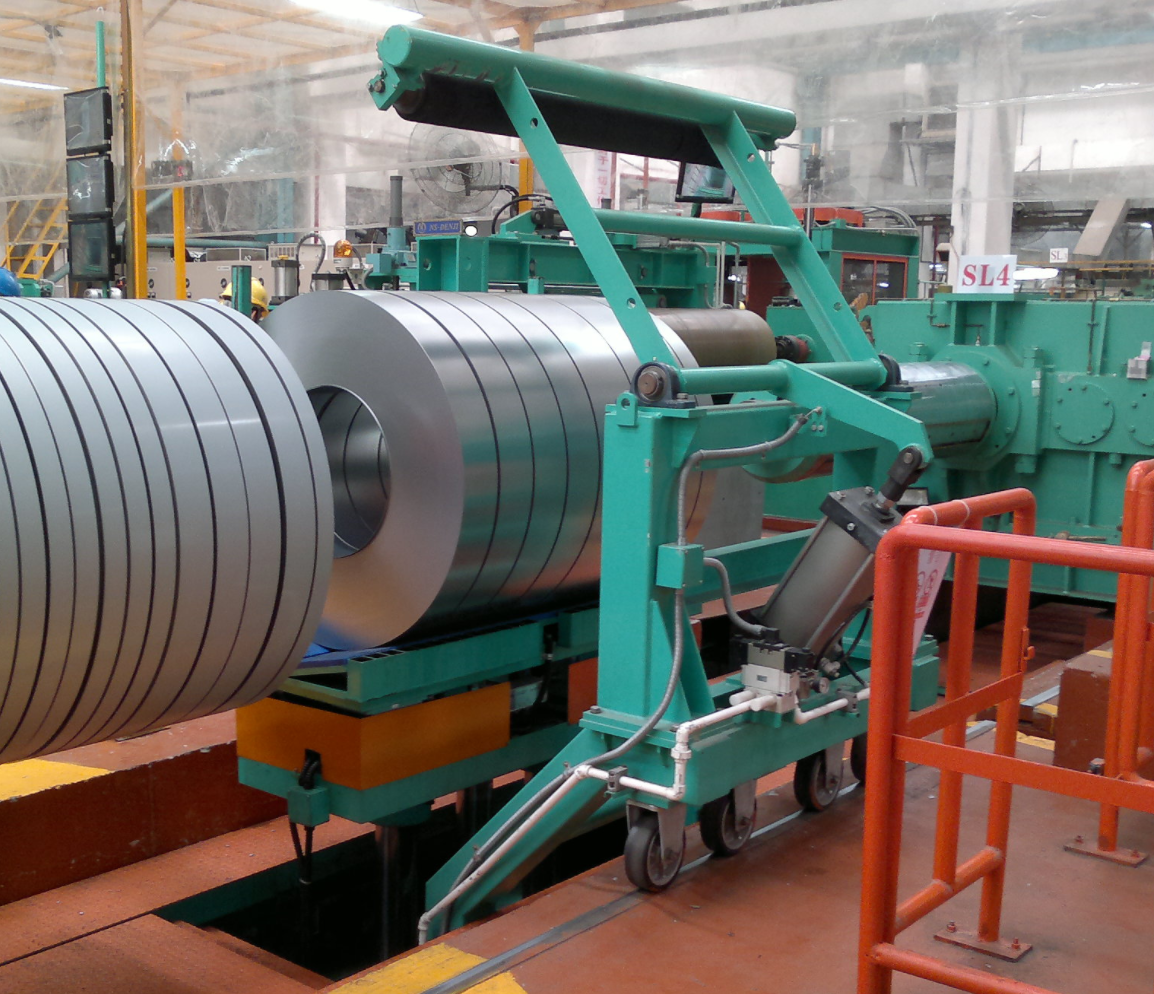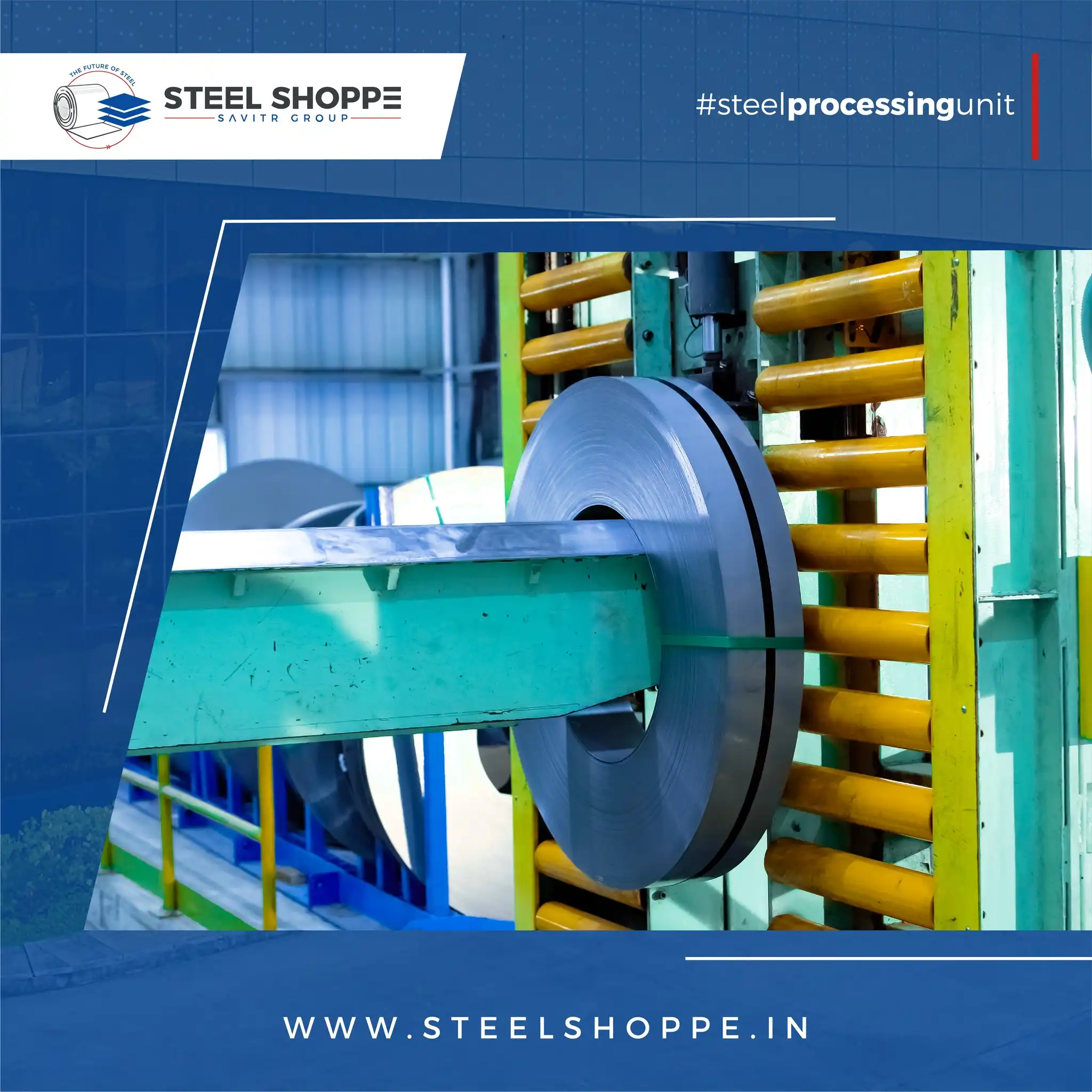Understanding the Benefits of Using Stretch Film for Coil Wrapping
Are you watching your valuable steel coils deteriorate due to rust? Problem: Corrosion is a pervasive threat that silently erodes not just the metal, but also your operational efficiency and profits. Agitate: Ignoring proper protection leaves your assets exposed to costly damage and rejects. Solution: Utilizing effective coil wrapping, specifically with materials like stretch film, provides a critical defense.
Using stretch film for coil wrapping provides crucial protection for valuable steel assets. It offers a physical barrier against dust, dirt, and handling damage, while advanced variants like VCI stretch film actively inhibit corrosion, safeguarding quality during transit and storage. Proper application ensures load stability and reduces potential losses.
While the general concept of wrapping seems simple, mastering its application and selecting the right material is a strategic decision that directly impacts the longevity and quality of your steel coils. Let’s explore why this step is indispensable.
Why Protecting Steel Coils is Crucial
Are you tired of seeing perfectly good steel coils succumb to the insidious creep of rust before they can even be used? This isn’t just bad luck; it’s a preventable problem rooted in environmental exposure. Ignoring proper protection methods is like inviting financial loss directly into your operations.
Protecting steel coils is crucial because they are highly susceptible to corrosion when exposed to moisture and oxygen. This electrochemical process, forming rust (iron oxide), degrades the metal’s surface and structural integrity, leading to reduced quality, rework, and significant financial losses from scrapped material and customer rejects. Proper protection, particularly through effective coil wrapping, isolates the steel from these corrosive elements. Methods utilizing physical barriers and chemical inhibitors create a controlled micro-environment around the coil, preventing the conditions necessary for rust formation and preserving the coil’s value from the mill through storage and transport to the end-user.
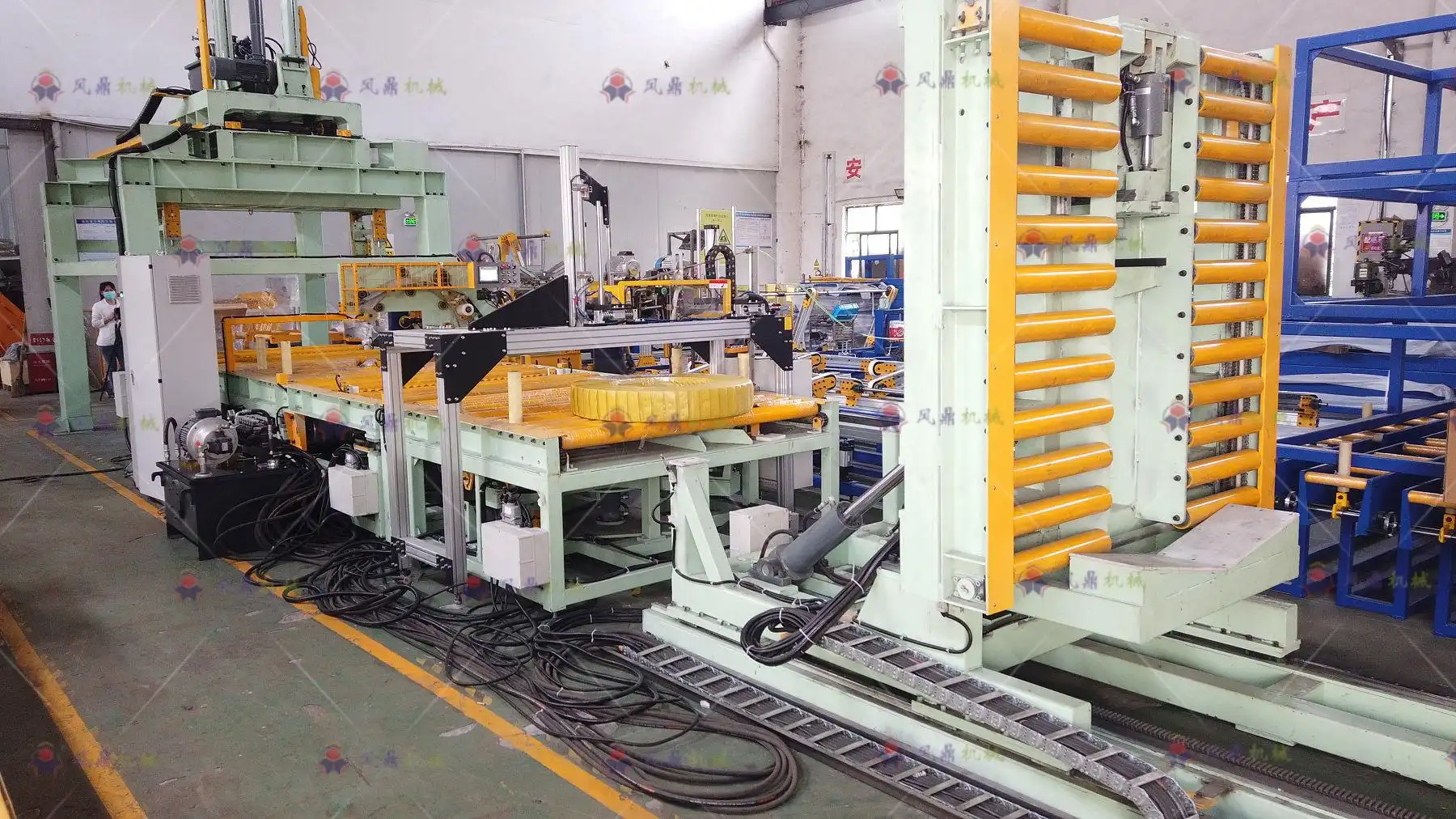
Rust is more than just a surface issue; it’s the visible manifestation of an electrochemical reaction that fundamentally weakens steel. Understanding this process is the first step in effectively combating it. When steel comes into contact with moisture and oxygen, specific areas on its surface behave like tiny electrical terminals. This leads to a complex reaction where iron atoms lose electrons (oxidation at the anode) and react with water and oxygen to form hydrated iron oxides – rust. The presence of an electrolyte, such as moisture from humidity, rain, or even sweat, facilitates the flow of ions between anodic and cathodic sites, perpetuating the cycle. This is why steel coils, often stored and transported in environments with fluctuating temperature and humidity, are particularly vulnerable. Without a barrier, the corrosion process can begin rapidly, potentially causing irreversible damage before the coil reaches its final destination.
The Science of Corrosion in Steel Coils
Corrosion is an electrochemical process involving oxidation and reduction reactions facilitated by an electrolyte. For steel (primarily iron), the reaction is:
Fe → Fe²⁺ + 2e⁻ (Oxidation at the anode)
O₂ + 2H₂O + 4e⁻ → 4OH⁻ (Reduction at the cathode)
Fe²⁺ + 2OH⁻ → Fe(OH)₂
Further oxidation leads to rust (Fe₂O₃·nH₂O).
This process requires simultaneous access to the metal surface by oxygen and an electrolyte (moisture). Disrupting either element is key to prevention.
How Wrapping Creates a Barrier
Proper coil wrapping acts as a critical intervention by physically separating the steel surface from the environmental elements necessary for rust formation. A well-applied wrap creates a micro-environment around the coil. The primary role is to serve as a moisture barrier, preventing water droplets and humid air from contacting the metal. While standard stretch wrap focuses on this physical exclusion, advanced materials like VCI film add a chemical layer of defense. These films release vaporous corrosion inhibitors into the enclosed space. These vapors adsorb onto the metal surface, forming an invisible, protective molecular layer that interferes with the electrochemical reactions at the anode and cathode, effectively passivating the metal. This dual action – physical barrier plus chemical inhibition – provides robust protection against rust even in challenging conditions.
| Component | Role in Corrosion | How Wrapping Intervenes (Effectively) |
|---|---|---|
| Anode | Area where metal loses electrons | VCI passivates surface, disrupts electron flow |
| Cathode | Area where electrons gain electrons | VCI passivates surface, disrupts electron flow |
| Electrolyte | Conductive medium (e.g., moisture) | Physical barrier (wrap) blocks moisture access |
| Electron Path | Metal itself, allowing electron flow | VCI layer interferes with electron transfer |
| Oxygen | Reactant in reduction & oxide formation | Wrap minimizes exposure (though not fully airtight) |
| Pollutants | Can accelerate corrosion (chlorides, SO₂) | Physical barrier shields against contaminants |
By creating this protected environment, coil wrapping significantly slows or halts the corrosion process, ensuring the steel retains its quality and value.
Choosing the Right Film: Standard Stretch Wrap vs. VCI Stretch Film
Understanding the distinct properties and applications of standard stretch wrap and VCI stretch film is vital for selecting the optimal protective solution for your steel coils. The choice impacts cost, longevity, and the ultimate effectiveness against corrosion.
Choosing between standard stretch wrap and VCI stretch film depends on protection needs. Standard wrap offers a basic physical barrier against dirt and handling damage at lower cost. VCI stretch film provides active corrosion inhibition through chemical vapors, offering superior, long-term rust prevention crucial for storage and transit in humid or corrosive environments, despite a higher initial investment.
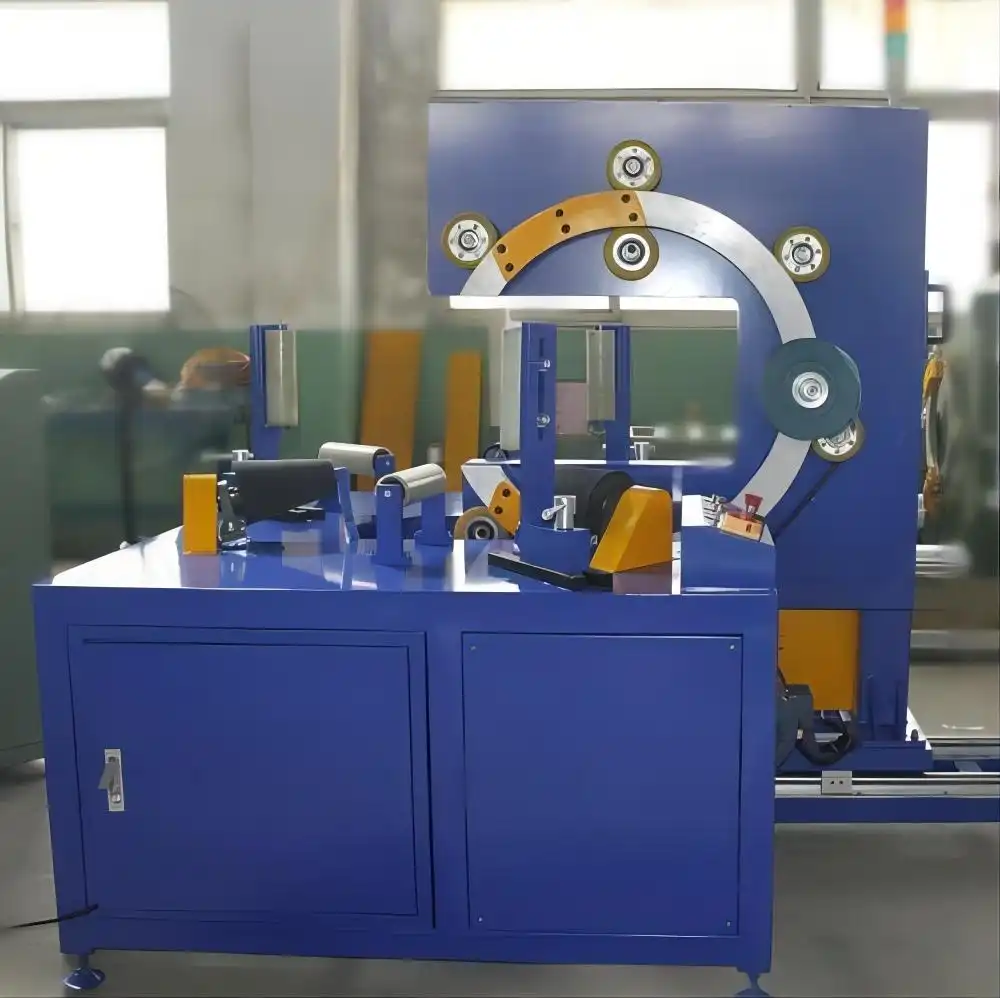
When it comes to protecting valuable steel coils, the wrapping material isn’t just about containment; it’s about preservation. Standard stretch wrap, typically made from Linear low-density polyethylene (LLDPE), is an excellent general-purpose film. Its primary benefits for coil wrapping include providing a physical barrier against dust, dirt, and minor abrasions during handling and transport. Its elastic recovery helps secure the coil shape and provides load stability, reducing the risk of damage from shifting during transit. Standard stretch wrap is readily available, easy to apply manually or with machines, and offers good transparency for product identification. It’s also significantly more economical upfront than specialized films. However, its major limitation regarding steel coils is its passive nature when it comes to rust. If moisture finds a way under the wrap, or if condensation forms inside due to temperature changes, standard stretch wrap does nothing to inhibit the resulting corrosion. Its effectiveness against rust is entirely reliant on maintaining a perfect, impermeable seal, which is difficult over long periods or in demanding conditions.
VCI (Vapor Corrosion Inhibitor) stretch film elevates protection significantly. While also providing a physical barrier similar to standard stretch wrap, it is impregnated with chemical compounds that vaporize and create a protective atmosphere within the wrap. These VCI molecules deposit on the metal surface, even in recessed areas not in direct contact with the film, forming a microscopic barrier that interferes with the electrochemical corrosion process. This active inhibition means that VCI film protects against rust even in the presence of trace moisture or if the barrier is slightly compromised. VCI film offers superior, long-term protection (often rated for years), making it ideal for extended storage, overseas shipments, or transit through varying climates. It provides clean, dry protection, eliminating the need for messy rust preventative oils that require degreasing. While the initial cost is higher than standard stretch wrap, the savings from preventing costly rust damage, rework, and rejected shipments typically far outweigh the difference. Choosing the right VCI formulation (ferrous, non-ferrous, multimetal) is important for optimal performance. The choice between standard and VCI stretch film boils down to the required duration and level of rust protection versus budget. For reliable, long-term rust prevention of steel coils, VCI stretch film is the clear superior choice.
| Feature | VCI Stretch Film | Standard Stretch Wrap |
|---|---|---|
| Primary Benefit | Active rust prevention + Physical barrier | Physical barrier (dust, dirt, handling, stability) |
| Rust Prevention | Superior, long-term, protects surfaces not in direct contact | Limited; only effective if physical barrier is perfect and moisture is absent |
| Protection Mechanism | VCI vapors inhibit electrochemical reactions + Physical barrier | Physical barrier only |
| Cost | Higher upfront | Lower upfront |
| Protection Duration | Years (under proper conditions) | Months (less effective in humid/harsh environments) |
| Application | Similar to standard stretch wrap | Easy to apply manually or with machines |
| Appearance | Typically transparent | Transparent (cast) or less clear (blown), opaque options available |
| Load Stability | Good | Excellent |
| Best Use Case (Coils) | Long-term storage, overseas shipping, varying environments | Short-term storage in controlled environments, basic handling protection |
Understanding the differences allows operations to make informed decisions based on their specific transit and storage needs.
Mastering Application Techniques for Optimal Protection
Is your stretch film truly protecting your coils, or just holding them together? Problem: Poor wrapping technique can render even the best materials ineffective. Agitate: Gaps, insufficient tension, and overlooked edges invite rust. Solution: Mastering application ensures the film’s protective potential is fully realized.
Mastering stretch film application for coil wrapping involves ensuring tight, overlapping layers that create a complete physical barrier. When using VCI stretch film, proper technique is even more critical to contain the protective vapors and prevent moisture ingress, especially around vulnerable coil edges and ends, maximizing the film’s active corrosion prevention capabilities.

Simply applying stretch film to a steel coil without attention to detail significantly reduces its protective capabilities. This is particularly true when using VCI film, where the goal is to create a contained environment for the protective vapors to work effectively. Proper technique ensures not only physical containment but also maximizes the film’s ability to act as a barrier against moisture and contaminants. Overlapping layers adequately creates a redundant barrier, while applying consistent tension ensures the film conforms snugly to the coil’s shape, minimizing air pockets where moisture can collect and VCI vapors can escape. The edges and ends of a coil are especially vulnerable; these are often the first points of contact with moisture or physical damage. Giving them extra attention during wrapping is critical to preventing rust from starting at these exposed surfaces. Utilizing compatible tape or banding is also key; incompatible materials could compromise the VCI protection or damage the film, creating entry points for corrosion. Training personnel on these specific steps and the importance of each element is vital for consistent, high-quality wrapping outcomes that truly safeguard your valuable steel.
| Step | Action | Detail | Rationale |
|---|---|---|---|
| 1 | Coil Preparation | Ensure the coil surface is clean, dry, and free from oils (unless compatible RP), grease, dirt, or fingerprints. | Contaminants can trap moisture or interfere with VCI action; clean surface is key. |
| 2 | Film Selection | Choose the correct gauge and type (standard or VCI), ensuring VCI is compatible with the metal type. | Gauge affects strength/protection; VCI type is metal-specific. |
| 3 | Initiate Wrap | Secure the film start to the coil and begin wrapping with sufficient overlap (at least 50%). | Securing prevents unwrapping; overlap creates a multi-layer barrier. |
| 4 | Apply Tension | Maintain consistent, appropriate tension throughout the wrapping process. Too loose is ineffective; too tight risks tears. | Proper tension ensures film conforms to the coil and provides load stability. |
| 5 | Protect Ends & Edges | Apply additional layers around the coil’s inner and outer diameters (ends/edges), ensuring full coverage and tucking. | These are vulnerable points for moisture ingress and physical damage. |
| 6 | Ensure Full Encapsulation | Continue wrapping until the entire coil surface is covered without gaps or exposed areas. | Complete coverage is essential to maintain the protective barrier and contain VCI vapors. |
| 7 | Secure Final End | Secure the end of the film with tape (ideally VCI-compatible for VCI film) or by tucking it firmly. | Prevents the wrap from loosening or unraveling during handling and transport. |
| 8 | Inspect | Visually inspect the wrapped coil for any tears, punctures, or areas with insufficient coverage. | Identify and rectify any potential breaches in the protective barrier. |
| 9 | Handle Carefully | Train personnel to handle wrapped coils with care to avoid damaging the film barrier. | Prevents accidental compromise of the protection after wrapping. |
Following these steps, whether wrapping manually or with automated equipment, is crucial. Using enough film, maintaining consistent tension, and paying special attention to edges are best practices that dramatically improve the effectiveness of the wrap. While automated wrapping machines can ensure consistency and efficiency, manual application still requires adherence to these principles.
Integrated Strategies for Comprehensive Rust Prevention
Relying solely on stretch film wrapping, even with VCI technology, might not provide fail-safe protection if other aspects of handling, storage, and environment are ignored. A truly effective rust prevention program is holistic, addressing the entire lifecycle of the steel coil.

Achieving truly effective rust prevention for steel coils goes beyond selecting the right stretch film and applying it correctly. It involves a comprehensive strategy that considers the entire lifecycle of the metal, from production to end-use. Achieving comprehensive rust prevention for steel coils involves integrating various strategies beyond just applying stretch film. This includes proper pre-packaging coil cleaning and drying, implementing careful handling to avoid film damage, controlling storage environment humidity and temperature, and utilizing supplementary methods like desiccants or VCI emitters within the wrap. A multi-faceted approach significantly boosts the effectiveness and longevity of the protection. Ensuring the steel coil is clean and dry before wrapping is paramount; residues like machining oils (unless compatible with VCI), dirt, or even fingerprints (containing salts and oils) can become sites for corrosion initiation under the wrap. Implementing strict handling protocols ensures that the protective wrap is not torn or punctured during movement and storage, maintaining the integrity of the barrier. The storage environment itself plays a significant role. While VCI film protects against humidity and trace moisture, storing coils in a cool, dry, indoor environment, away from extreme temperature fluctuations, prolongs the life of the VCI chemicals and reduces stress on the packaging. Avoiding contact with acidic materials like certain woods (pine, oak, standard corrugated) is also important, as they can create localized corrosive conditions. For extended storage or extremely harsh environments, supplementary protection like desiccants (to absorb moisture) or specialized VCI emitters placed within the core or between wraps can provide an extra layer of defense. Training personnel on the importance of cleanliness, handling, and storage conditions is an often overlooked but critical component of a successful rust prevention program. A holistic approach, treating the process from mill to end-user, ensures that the investment in quality stretch film and VCI technology is fully leveraged, minimizing losses and guaranteeing product quality.
Conclusion
Protecting valuable steel coils from rust is a fundamental requirement for manufacturers, distributors, and end-users alike. Understanding the distinct benefits offered by standard stretch film for basic physical protection and load stability, and the advanced corrosion inhibition provided by VCI stretch film, is crucial for selecting the right strategy. By coupling the appropriate film with meticulous application techniques and integrating broader rust prevention measures throughout handling and storage, you establish a robust defense against corrosion. Investing in a quality coil packing line and the right stretch film is an essential investment in preserving the integrity, quality, and economic value of your steel assets, ensuring they reach their destination in optimal condition, free from the damage that rust can inflict.


